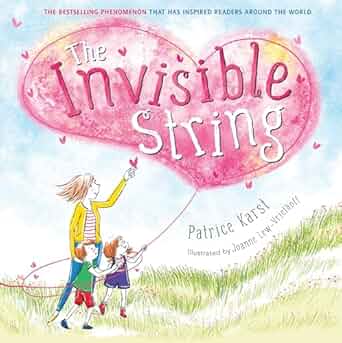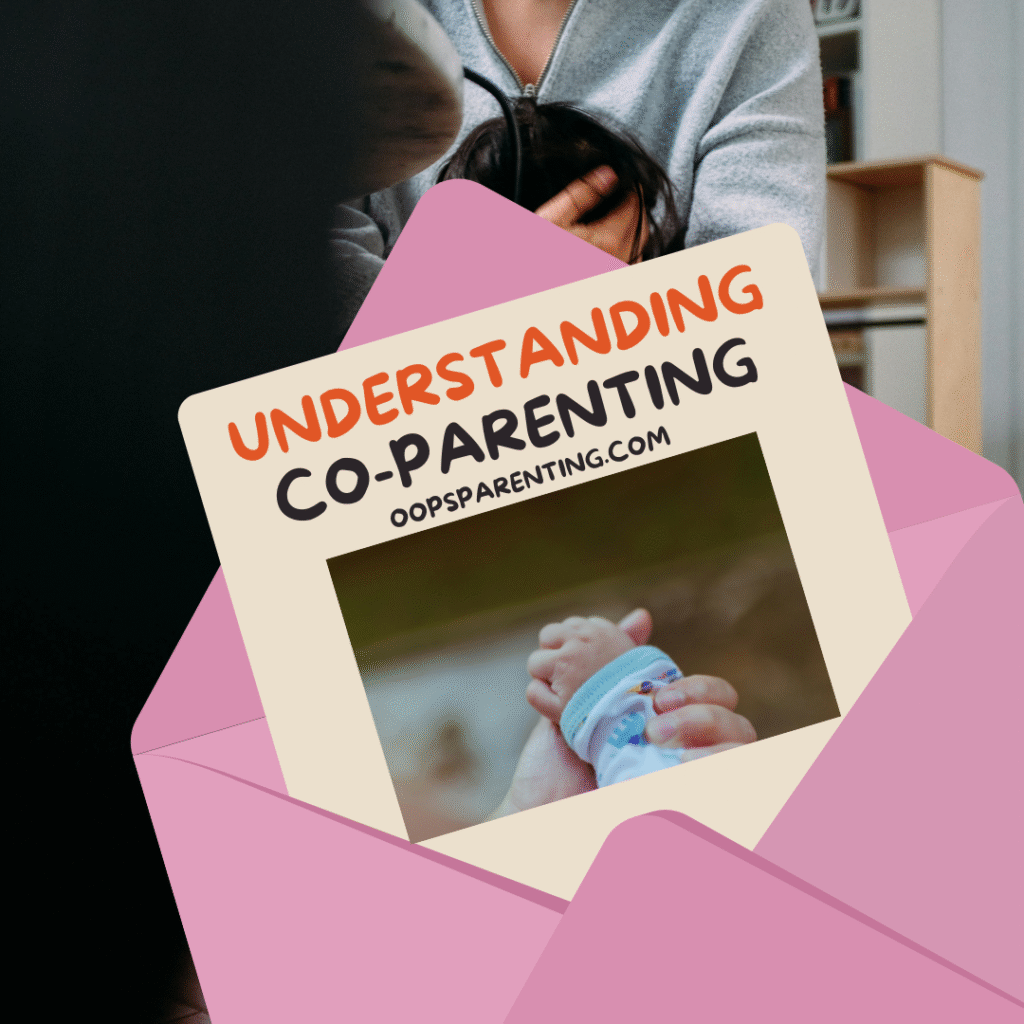When Psychologist Dr. Emory Peterson studied 500 children of divorce she found one clear fact. kids adjust better to their new routines than they do to parents who constantly fight. This means co-parenting is less about being friends with your ex and more about working together for your child’s well-being even if your relationship has ended.
The Hard Truth Every Co-Parent Needs to Hear is that your child isn’t asking for you and your ex to get along perfectly. They just want to be safe and loved, without being caught in the middle of conflict.
What Co-Parenting Really Means (And What It Doesn’t)
Co-parenting is about working together to raise your child after separation. It means focusing on your child’s needs and maintaining respectful communication, even if you no longer share a romantic relationship. While the details in each home might differ, the end goal is and must be same.To provide stability and consistent values for your child.
What Co-Parenting means:
- A systematic, goal-oriented approach to raising your child.
- sing practical tools like OurFamilyWizard to communicate diplomatically
- Two families that may function differently but have similar fundamental principles.
- Prioritizing the child’s physical and emotional well-being above self preferences.
What Co-Parenting does not mean:
- Using parenting time to work through past relationship issues.
- Forcing a strict 50/50 schedule that doesn’t even fit your child’s needs.
- Trying to be the “better” or “more fun” parent.
- Letting personal conflict get in the way while making decisions for your child.
The Science of Successful Co-Parenting
Studies show that children do better emotionally and behaviorally when their co-parents cooperate
- Children with low-conflict co-parents have 45% fewer behavior problems at school (Journal of Family Psychology, 2020).
- Anxiety rates are 30% lower in children whose parents get along well.
- Brain imaging studies suggest that children in stable co-parenting homes develop stronger emotional control and better stress management.
Three Must-Have Principles for Co-Parenting
1. Safety First
Children should never hear negative comments about the other parent, no matter what issues exist between the adults. Studies show that badmouthing the other parent can lead to higher rates of depression and anxiety in children
2. Routine Rhythm
Parents should agree on important daily routines—like bedtime, homework, and discipline—to give their child a sense of stability, even when living in two different homes.
3. Unified Front:
When you talk to your child about decisions, make sure both parents are on the same page. Saying something like, “Mom and I both agree this is best for you,” helps your child feel secure and not stuck in the middle.
Five Common Co-Parenting Challenges and How to Solve Them
1. Holidays
Holidays can quickly become a source of conflict, especially when one parent feels they’re missing out. A helpful solution is to create a rotation plan.For example, you alternate major holidays every three years.One year with you, one year with the other parent, and one year shared. This keeps things fair and predictable for everyone, especially your child.
2. New Partners
Introducing a new partner too soon can cause stress and confusion for both parents and children. To avoid tension, many co-parents agree on a “six-month rule,” which means no introductions to the child until the relationship has lasted at least six months. This gives everyone time to adjust and keeps your child’s emotional needs front and center.
3. Medical Care
Conflict usually arises when medical decisions are made by one parent without the involvement of the other. Even in low-conflict co-parenting, this might be perceived as insulting or worrying. An easy solution is a rule of 24-hour notice for all non-emergency care—this keeps both parents informed and active.
4. Costs
Money is likely the most common source of conflict. For example, one parent may enroll the child in an activity without consulting the other, leading to arguments about who pays. Paying attention and splitting costs in advance prevent misunderstandings and keep money out in the open.
5. Communication
Unanswered messages, angry emails, or mysterious communication can easily turn small issues into major fights.To avoid this, the majority of co-parents use the BIFF strategy—keep the conversation Brief, Informative, Friendly, and Firm. Other co-parenting apps such as OurFamilyWizard or TalkingParents can also keep you on track and reduce emotional tension.
When Co-Parenting Isn’t Safe or Healthy: Choosing Parallel Parenting
There are situations where cooperative co-parenting is not feasible—or even unsafe. If the other parent is intolerably hostile, manipulative, abusive, or refuses to respect boundaries, traditional co-parenting may put both your peace of mind and your child’s emotional safety at risk. Parallel parenting is the better safety choice in such high-conflict relationships.
Parallel parenting is an organized system that seeks to limit direct contact between parents but, in the process, allow both of them to stay involved in the life of the child. Instead of needing to work together tightly, each parent works independently on responsibilities, with minimal coordination. There is no stress on cooperation but more so on shielding the child from stress and allowing stability through clear boundaries and court-imposed rules.
If you’re unsure whether this model is right for you, it may help to read our breakdown of the differences between Co-parenting and parallel parenting—including when to use each approach.
Useful Tools to Help Co-Parenting Work
Possessing the necessary tools can reduce conflict, improve organization, and protect communication among co-parents. Presented below are some trustworthy resources that simplify co-parenting and make it more convenient:
- Talking Parents
A court-approved communication app that keeps a secure, time-stamped record of all messages—useful for high-conflict relationships or court cases. - App Close
A free co-parenting app with messaging, calendar, expense tracking, and requests. It’s a decent option for parents who want functionality without subscription fees. - Google Calendar
A simple and effective way to coordinate custody calendars, school events, and medical appointments. Color-coded calendars make it easy to avoid overlapping and confusion. - Custody X Change
This software allows you to create detailed parenting plans and graphical custody calendars. It also generates reports that are often used in court to authenticate custody arrangements. - Two Homes App
Developed for children, the app helps them track which parent’s house they are going to, answer to what they require, and what routines they need to do—transitions become less stressful. - The Invisible String (by Patrice Karst)
A comforting, child-friendly book that teaches separation, loss, and being connected to each other. It is often suggested by child therapists to help alleviate stress and provide emotional security.

Affiliate Disclosure: This post contains affiliate links. If you purchase through these links, I may earn a small commission at no extra cost to you.
Your Next Three Steps
- Download a Co-Parenting Blueprint —A sample parenting plan and script bank to guide difficult conversations.
- Block 30 minutes this week to set up a shared calendar or co-parenting app with your ex.
- Bookmark the National Parent Helpline (1-855-427-2736) for support when things feel overwhelming.
Conclusion
Co-parenting after a separation is rarely simple but it is possible to create a stable, loving environment for your child, even from two separate homes. Whether you’re navigating schedules, managing conflict, or setting boundaries, your effort matters more than perfection.
Children don’t need co-parents who agree on everything. They need parents who stay consistent, communicate respectfully, and make choices based on what’s best for them and not what’s easiest for the adults involved.
When cooperation is flowing, go with it. When it’s not, keep your peace and your child’s well-being through systems. Every small decision , co-sleeping routine, comforting exchange all adds up to the safety and trust your child comes to depend on.
If you’re dealing with a particularly difficult or manipulative ex, read our guide on Co-Parenting with a Narcissist to learn how to protect your child and your mental health.
No matter where you are along this parenting path, know this: Showing up with kindness, even when it hurts, is the very definition of being a good parent.



